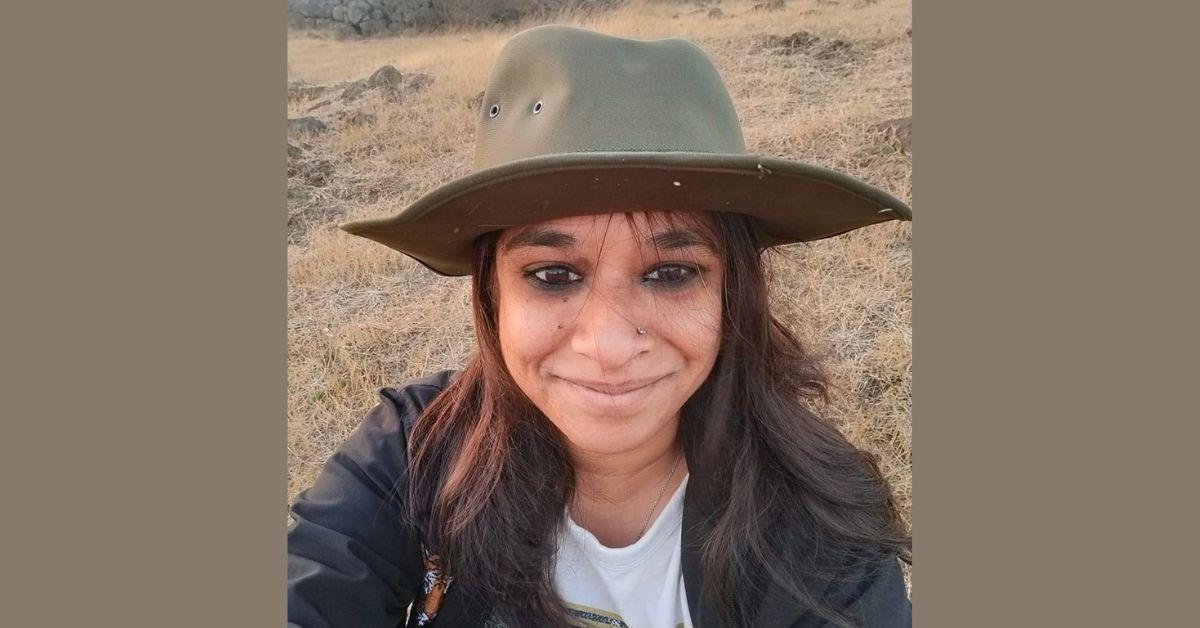Meet an Educator is a monthly series by Early Bird, where we feature the work of educators across India who are actively spreading the joy of birds and nature. This month’s featured educator is Bhavna Menon, a freelance nature educator from Delhi, who works with children in and around tiger reserves in central India.
Do tell us about yourself, where you are from, and your work
My name is Bhavna Menon and I grew up in Delhi. My first brush with nature was while visiting the Sultanpur Bird Sanctuary, about one hour away from Delhi, where almost every other weekend I could be found with binoculars and a journal describing the different species I observed. Sensing my love for nature, my parents planned a trip to Kanha Tiger Reserve which further strengthened my want to spend time in the wilderness. After a Master’s degree in Journalism, I worked with an NGO called Last Wilderness Foundation, where I was in charge of the written content, developing and executing field projects, conservation outreach programmes with community members around tiger reserves and fundraising.
I spent 13 years at the organisation where I learned about tribes, conflict mitigation and alternative livelihoods. As a freelancer today, I use the knowledge acquired to work with a diverse group of nature educators and organisations who want to sensitise the younger generation about our forests. I recently had the honour to work with Earth Focus Foundation, an organisation based out of Kanha, that provides quality education to children in villages. It also reinforces nature education as a subject which needs to be touched upon on a continued basis to build a strong and sensitized generation.
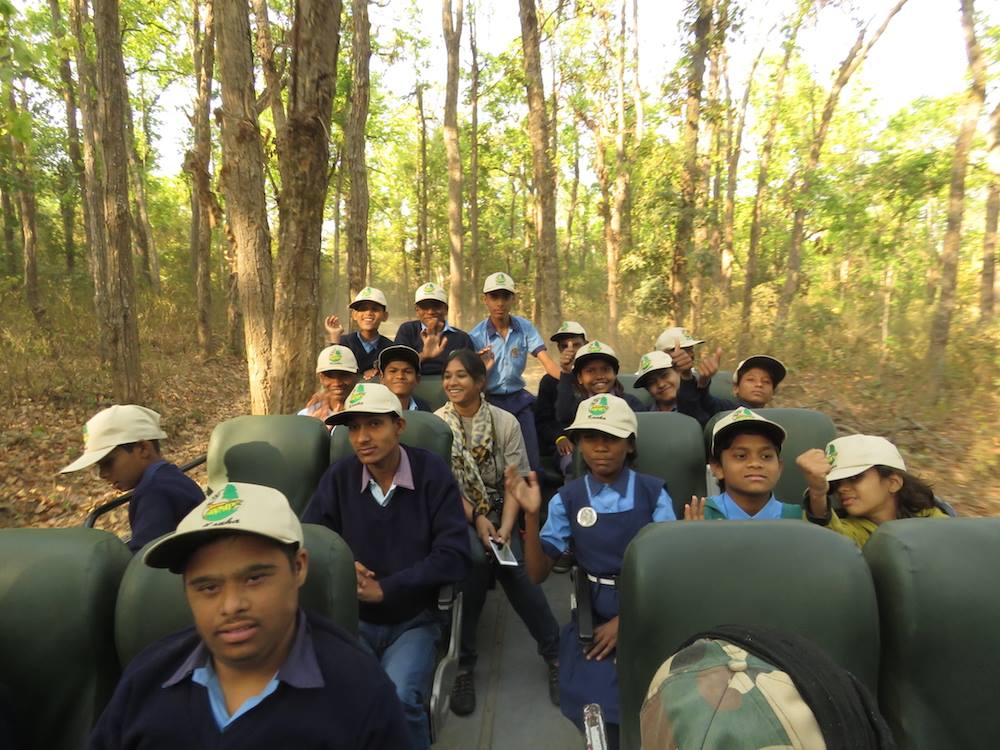
Are you a birder? What about bird watching excites you?
I wouldn’t say I am the ideal definition of a birder, but yes undertaking walks or trails where I might encounter an interesting species, less explored habitat or a fascinating behaviour pattern is something that excites me. I think the most interesting aspect of bird watching is observing the behaviour of birds. Once, I remember watching a woodpecker peck at a tree and stay motionless, waiting for any sign of insect movement underneath the bark. It did this on almost two or three trees in an extremely meticulous fashion before finally flying off, which was a treat to watch.
When and how did you get interested in bird/nature education?
I have spent half my childhood swinging from the branches of trees or digging up the wet earth looking for insects. I remember once rescuing a Myna fledgling that had fallen off its nest. Although the chick succumbed to its injuries, the incident made me more sensitive to wanting to help, protect, and understand nature. I realised it was important to read or learn a lot more about the biodiversity that existed in close proximity. It was then that I enrolled for tree or nature walks in the parks in and around Delhi, led by experts, which I think laid the foundation for my conservation or nature outreach work.
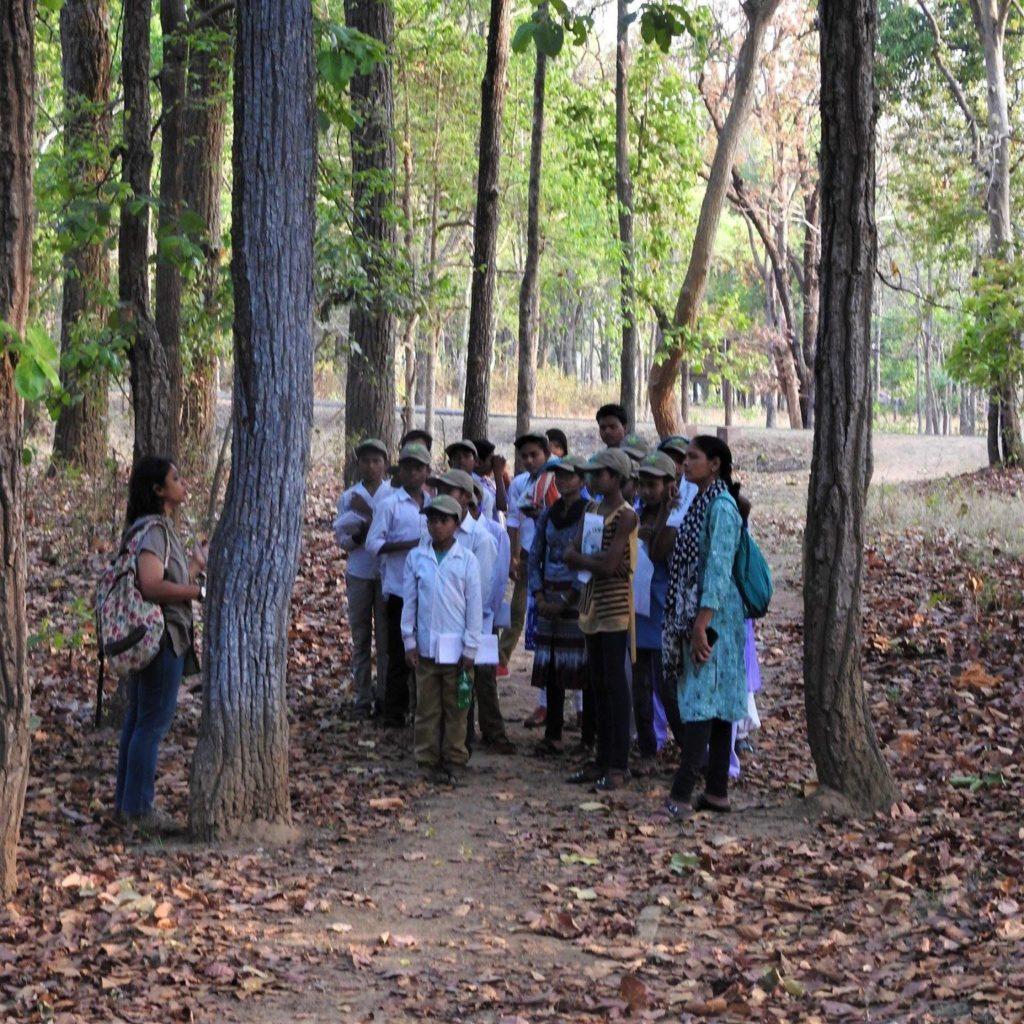
Photo credits: Bhavna Menon
What do you hope to achieve through your education work?
Children, whether in cities or villages, are extremely receptive to making a difference in their community or region when given a chance. Through nature education, I hope to sensitise the next generation about the beauty and importance of our natural heritage, as well as the role they can play in protecting it. Through sensitization, I hope to create ambassadors for the environment, who can spread the message without depending on just a few individuals or organisations to do so.
Why do you believe it is important for children to learn about birds or connect with nature?
Unless children connect with nature through learning about it or spending time in it, it will be nearly impossible to create a generation that genuinely wants to help protect and conserve the environment in the future. Apart from teaching children about the interconnectedness between nature and human survival, it is important to sensitize them about co-existing and sharing of resources right from the start. This will result in a more compassionate and empathetic populace.
What tools or resources have helped you in teaching about birds? Can you describe an approach that has worked exceptionally well for you?
I think the best resource I have used is the bird guide/handbooks, which the students really took to when I introduced them in a village school. The students seemed particularly excited about being able to identify the bird from the handbook, whether on a nature trail or while sitting in their own homes! Apart from the handbooks, posters about different species in diverse habitats also seemed to make a difference. The students used to walk into the classroom every morning and identify which birds they had seen during their walk to the school building. They wanted to discuss more about the same during school hours, and sometimes even afterwards!

Photo credits: Bhavna Menon
Have you encountered a significant challenge as a bird/nature educator, how did you overcome it?
While working in villages, you come across a lot of myths about animals and birds, which might be detrimental to the species in question. For example, owls are considered a bad omen or bad luck in certain parts, and they are often associated with death. It was significantly tough for me to dispel this thought process. To initiate a different thought process in children, I used various videos and pictures of owls, where they can be seen being in proximity to people without causing fatal harm. Additionally, through my sessions and presentations, I introduced the concept of owls being friends of farmers. Owls help by keeping the population of rats and field mice in check, thereby protecting their crops. This was relevant to the children.
Although it did take time to alter their preconceived notions, they seemed more assured about an owl’s presence in proximity to their homes. On one occasion, a student even shared a photo of a Spotted Owlet with me on WhatsApp. They stated that instead of chasing the bird away, they had started watching out for it, observing its behaviour pattern, and making it a subject of study and learning, rather than fearing it.
Do share any memorable moment or experience you have had in teaching kids about birds/nature. Can you recall any insightful instance that shaped your perspective?
It will be difficult to pinpoint any particular incident, but what I used to enjoy the most every time was watching children talk to their elders about what they had learned in the sessions. I enjoyed watching the delight on the faces of the parents or elders in the family, listening to the children speak with so much knowledge, ownership, and compassion about the wilderness. This sense of ownership with which the children spoke to their peers and elders helped shape the perspective that when children are engaged with, they can be the true changemakers in society.
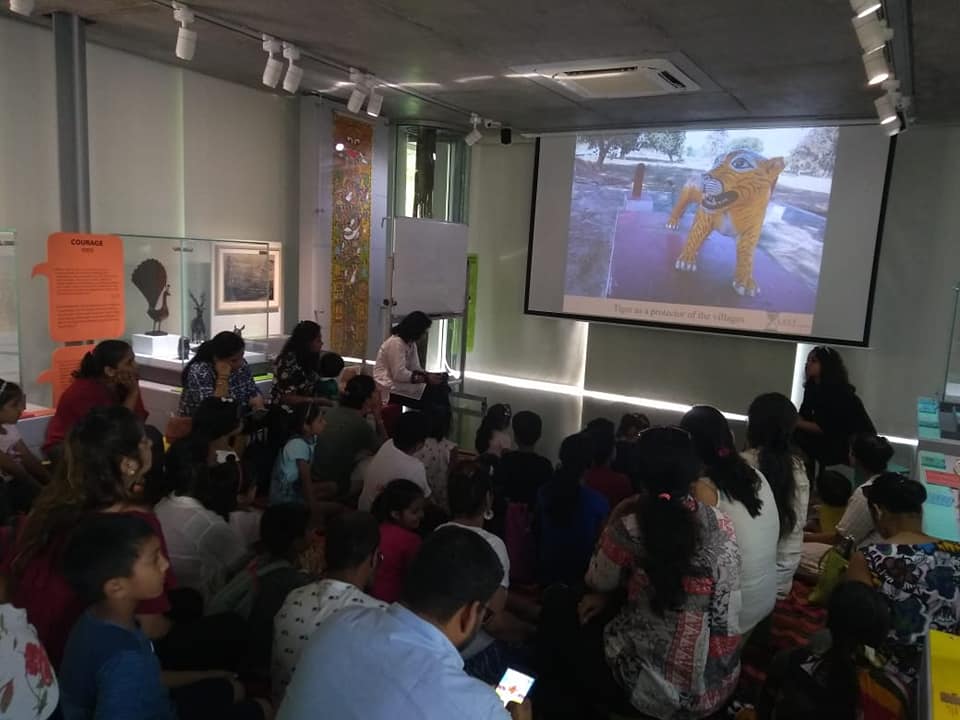
Photo credits: Bhavna Menon
Have you noticed any changes in your learners after they received exposure to birds and nature-based learning? If yes, what are they? If not, why do you think that is?
Definitely, the more you raise awareness among children about the wilderness as a whole, the stronger their voice becomes to help safeguard it. I remember being on a safari in a tiger reserve with village kids when we spotted a rat snake. The children immediately reacted, thinking snakes were dangerous and should be killed when seen.
I asked the driver to stop the car, and as we sat observing the snake, which was half-hidden in the leaf litter just 20 metres away from us, I asked the children whether they still believed killing it was the right thing, or if learning more about it was better. While some hesitated, others wanted to know more about the snake. Right then, I took out a field guide about snakes, and we started discussing rat snakes. The students were fascinated by the roles of snakes in the ecosystem, and they asked me to teach their friends in the village who couldn’t come for the safari but would benefit from the session.
Later, as a large group of children and I sat discussing the roles of different denizens and the myths surrounding them, along with safety steps when sharing a backyard with wildlife, the children decided to question and learn more without relying on old beliefs. During a site visit, I had the chance to revisit this group of students a few months later. I was pleasantly surprised to find out that they had kept their promise of asking questions and seeking information at school. They had also spread the word against killing snakes unnecessarily among their family and friends. They educated their neighbours about precautionary measures to keep snakes away from their homes, thus reducing conflicts between humans and snakes.
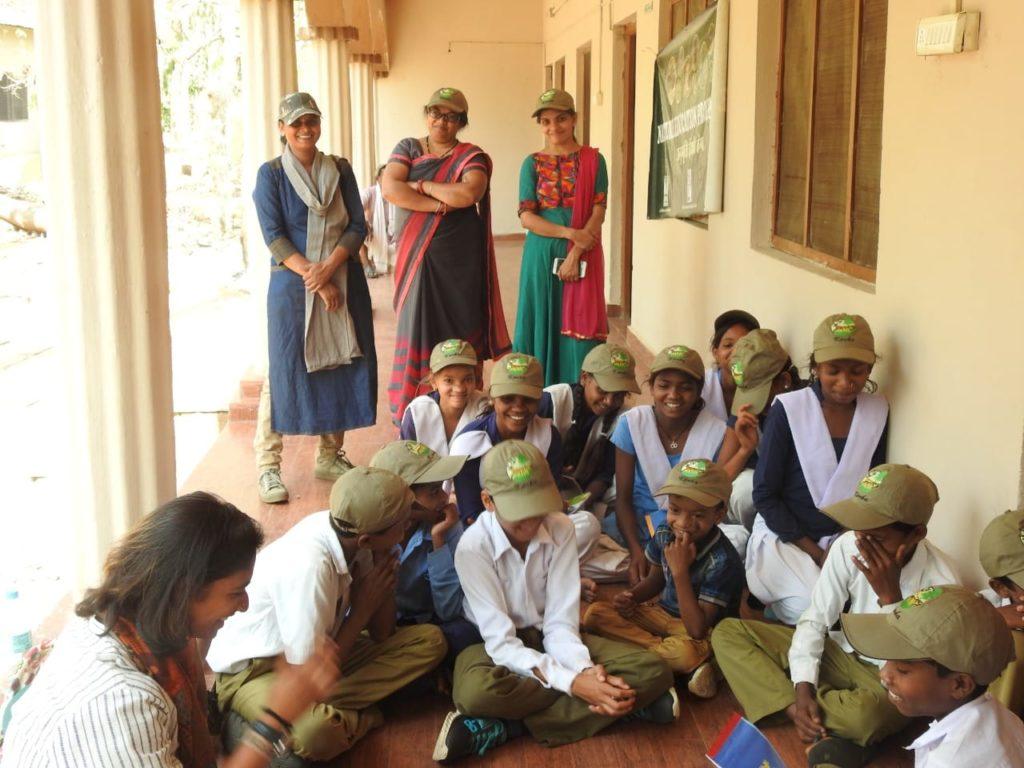
Photo credits: Bhavna Menon
What message would you have for your fellow educators, or somebody starting out in their nature education journey?
The way to instill love for nature in people is by making the learning process fun, interactive, contextual, and sensitive. Imposing or forcing ideas, or being preachy, will not help in strengthening the cause. It will rather result in a disinterested or rebellious audience. Also, apart from being a sensitive educator, it is important to be a good listener so as to incorporate the audience’s ideas into the curriculum, session, or module. Finally, it will help to be aware of the culture, beliefs, and traditions of the region of work, so that one can work in tandem with the social fabric rather than against it to make a long-term impact.

